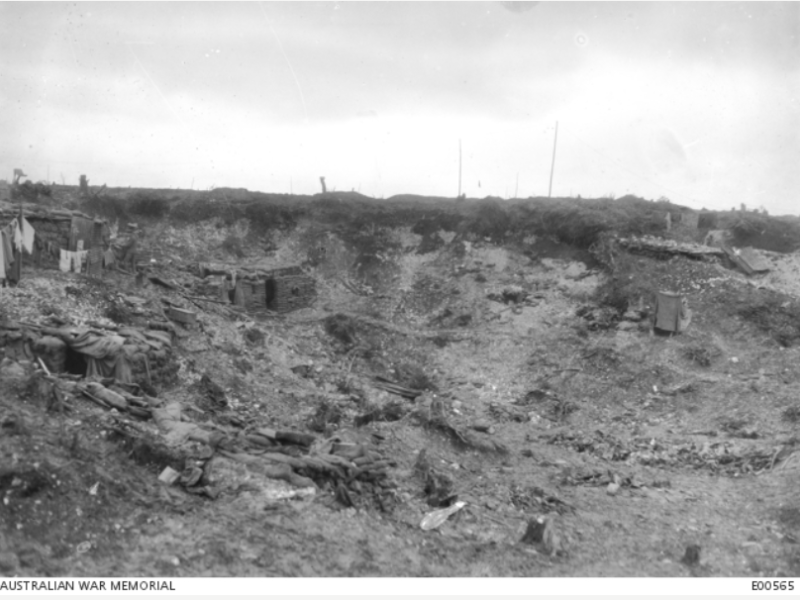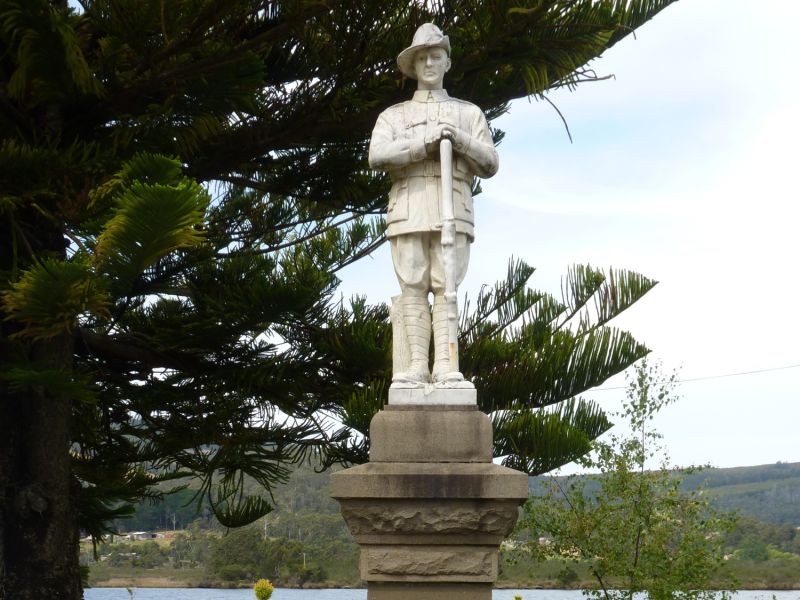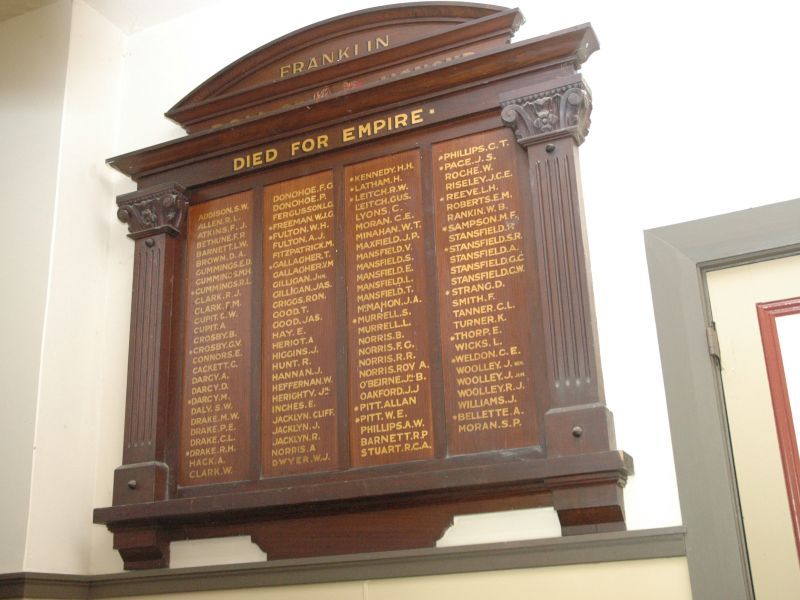Private Stanley Robert Stansfield, 52nd Battalion
Popularly known as known as “Bob”, Robert Stansfield was born on the 8th of June 1896 to James and Marion Stansfield of Franklin, Tasmania. He was one of eight boys and three girls born to the couple. His father was a well-known surveyor in the Franklin district, and Robert attended the local public school before going on to work as a labourer.
Stansfield enlisted in the Australian Imperial Force in July 1915. He had just turned 19, and so enlisted with the permission of his parents. After entering camp he underwent a period of training in Australia before leaving for active service overseas in September 1915.
Private Stansfield was first sent to Egypt where he was transferred from the 12th Battalion to the 52nd. He continued training in the desert for a number of months, and in June was sent to France to fight on the Western Front.
In August, the 52nd Battalion participated in the bitter and costly fighting around the French village of Pozières.
On 3 September 1916, they were part of the last operation to attempt to capture Mouquet Farm.
At around 5.15pm, some 12 hours after the attack began, Private Stansfield and four of his mates were sitting behind a barricade on the left flank of the operation when the Germans began shelling their position.
One of the men, Lieutenant Maxwell, later recalled “we started talking of various things in order to divert our minds from the act of listening to the shells. A few minutes later, one dropped in. Two men were killed, and the one next [to] me [Private Pearson] had his thigh badly fractured, well above the knee.”
Maxwell quickly jumped to the wounded man’s aid, trying to tie a tourniquet to his leg to stop the bleeding. He looked up and saw Private Stansfield sitting quietly, looking “a bit white, but smiling”. Maxwell asked Stansfield how he was, and he replied: “I’m right; just a bit of a knock in the leg. You fix Pearson up.”
Maxwell later told how “binding Pearson up took some minutes, and then I stepped across to Stansfield. His head had dropped forward and he was dead.”
He was 20 years old.
Private Stansfield was originally reported missing, and, although his family eventually found out what had happened, his body was never recovered. Today he is commemorated on the memorial to the missing at Villers-Bretonneux.
Bob Stansfield was one of five brothers to serve in the Great War, and the only one who did not return home.
When his mother, Marion, died in 1934, a large contingent of ex-servicemen took part in her funeral service in honour of the service of her sons, and, in the words of a local reporter, “one who had given so much to the country”.
Meleah Hampton, Historian, Military History Section
Image: A view of the Quarry at Mouquet Farm, in December 1916. On the left are a number of sandbagged dugouts.

 Australian War Memorial
Australian War Memorial
